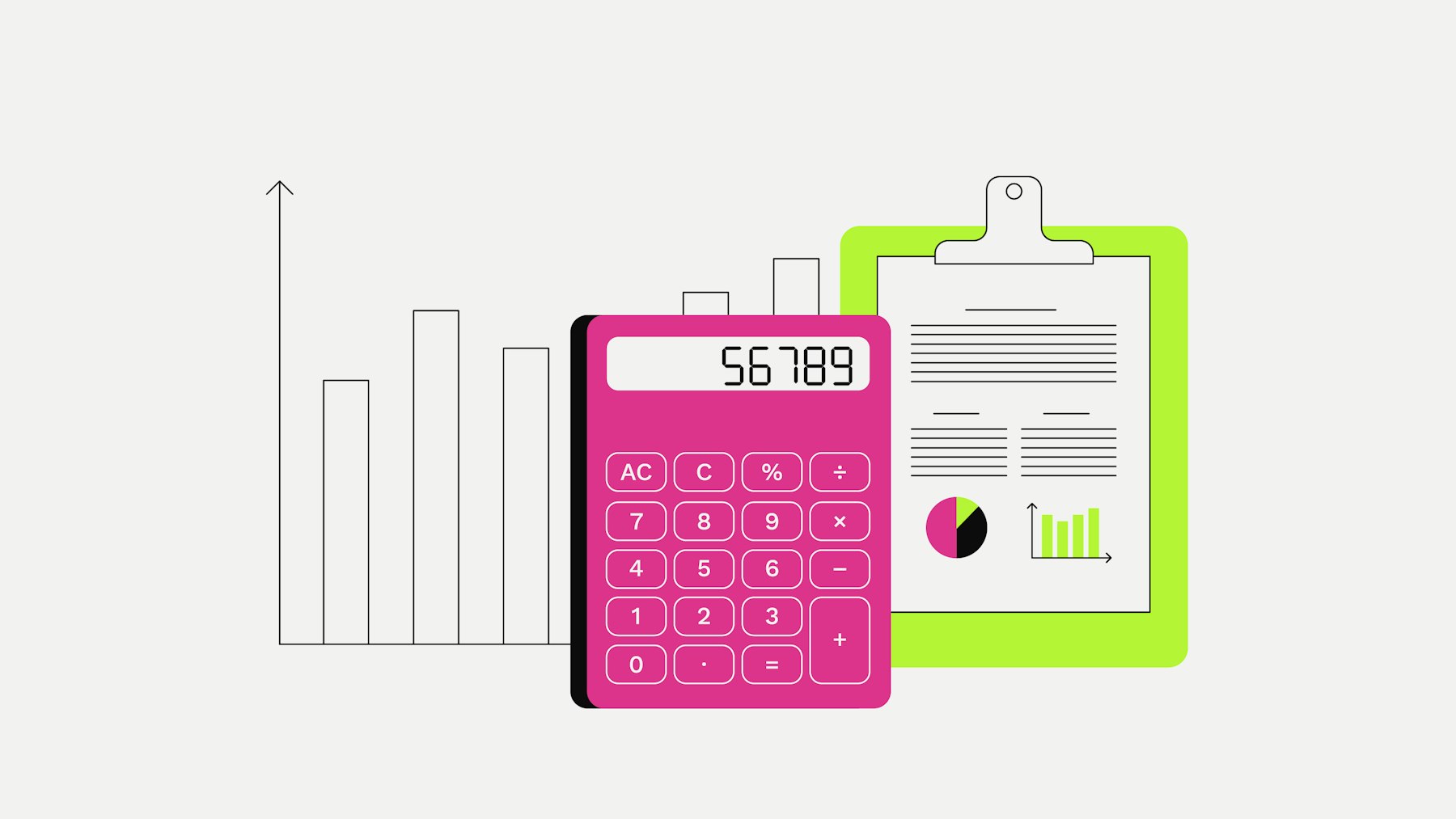If you’ve sorted your personal finances and have decided that you want to set aside some portion of your income for investing, then the next step is figuring out how much.
1. Create SMART investment goals
Every investor has different reasons for investing. Have you thought about why you want to invest? Do you want to invest to earn enough money to acquire a property? Or maybe you want to ensure you can comfortably retire when you are older? The reasons for investing are as numerous as the investment vehicles available to those interested in investing.
Still, it helps to clearly formulate your investment goals so that you have a strategic plan to follow. Here are a few examples for formulating investment goals using the SMART criteria for goal formulation:
Make your goal SPECIFIC. For example: “I want to have enough money to make a down payment on an apartment in the city where I live.”
Now make your goal MEASURABLE, as in “I want to have EUR 60,000 to make a down payment on an apartment in the city where I live.”
Now make your goal ACHIEVABLE - meaning it should be realistic: “I want to have EUR 60,000 to make a down payment on an apartment in the city where I live by buying large-cap stock from Dreamhousedownpaymentmaker Corp. in the city where I live.”
Now make your goal RELEVANT. Why is this goal important to you? “I want to have EUR 60,000 to make a down payment on an apartment in the city where I live by buying large-cap stock from Dreamhousedownpaymentmaker Corp so I can start a puppet-making business.”
Now make your goal TIME-BASED. Keep yourself accountable and follow through by setting a deadline: “I want to have EUR 60,000 by the year 2030 to make a down payment on an apartment in the city where I live by buying large-cap stock from Dreamhousedownpaymentmaker Corp so I can start a puppet-making business.”
2. Educate yourself on investing
Once you have formulated your SMART investment goal, the next step would be to educate yourself on the types of investments available to investors. Get familiar with the different asset types like stocks, fractional shares, bonds, ETFs etc. Understand how compound interest works and why it’s a good idea to diversify your portfolio. Bitpanda Academy has lots of information to get you started and to deepen your financial knowledge.
